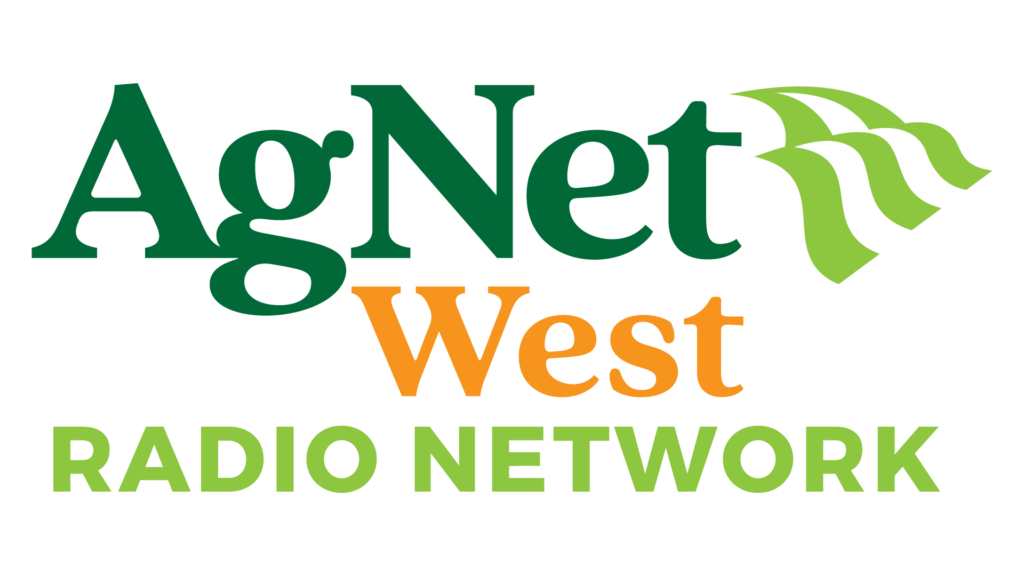
This week is Pollinator Week. Manager of Industry Relations for the Almond Board, Carissa Sauer shares the importance of pollinators to the almond industry and in our daily lives.
More from the Almond Board on pollinators:
Read the full post here.
National Pollinator Week, June 20-26, reminds us of the essential role pollinators play in global food security and, specific to almonds, the vital partnership between growing almonds and honey bees. Almond growers know, understand and value this relationship which plays out each year in pollinating California’s almond crop. Their long-term health and well-being is one of the California almond community’s top priorities.
Almond Board of California (ABC) takes extraordinary steps to be good partners to beekeepers and their bees by promoting honey bee health. Since 1995, over $2 million in industry-funded research has been invested by ABC in honey bee health to improve bee nutrition, effectively manage bee pest and diseases, improve breeding stock, and assess the impact of pesticides used in almonds. This investment, more than any other crop of commodity group, has funded more than 100 projects and leveraged additional research dollars from other groups, government agencies, and universities.
Beyond almond growers and research investments, ABC has taken a leadership position by engaging and collaborating with universities, government agencies, nonprofits, and beekeeping groups to communicate, educate, and inform honey bee research, policy, education and outreach. Click here to learn more about our partners in this area including the Honey Bee Health Coalition, and Pollinator Partnership, and Project Apis m. For instance, Project Apis m. provides seed to almond growers who plant bee pastures filled with blooming plants adjacent to almond acreage as additional food sources for honey bees before and after almond bloom.
The number of honey bee colonies in the U.S. is at a twenty year high and hive levels have remained relatively stable over the last two decades, but summer and overwintering hive losses due to a complex variety of factors remain a concern.









